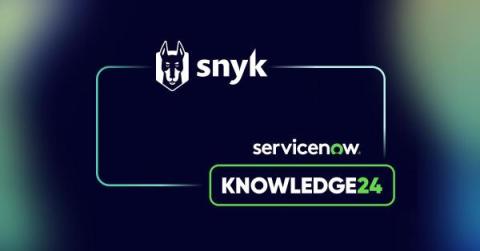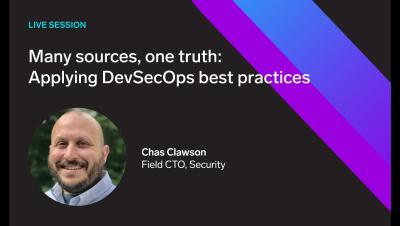The Education Sector Experienced the Highest Number of Data Breaches in 2023
New data from Verizon makes it clear that the Education sector is under attack, but also breaks down which threat actions and patterns are used most. We’ve seen Education institutions become a major focus for cybercriminals and entities like the New York State Education Department and the FBI have issued warnings.









